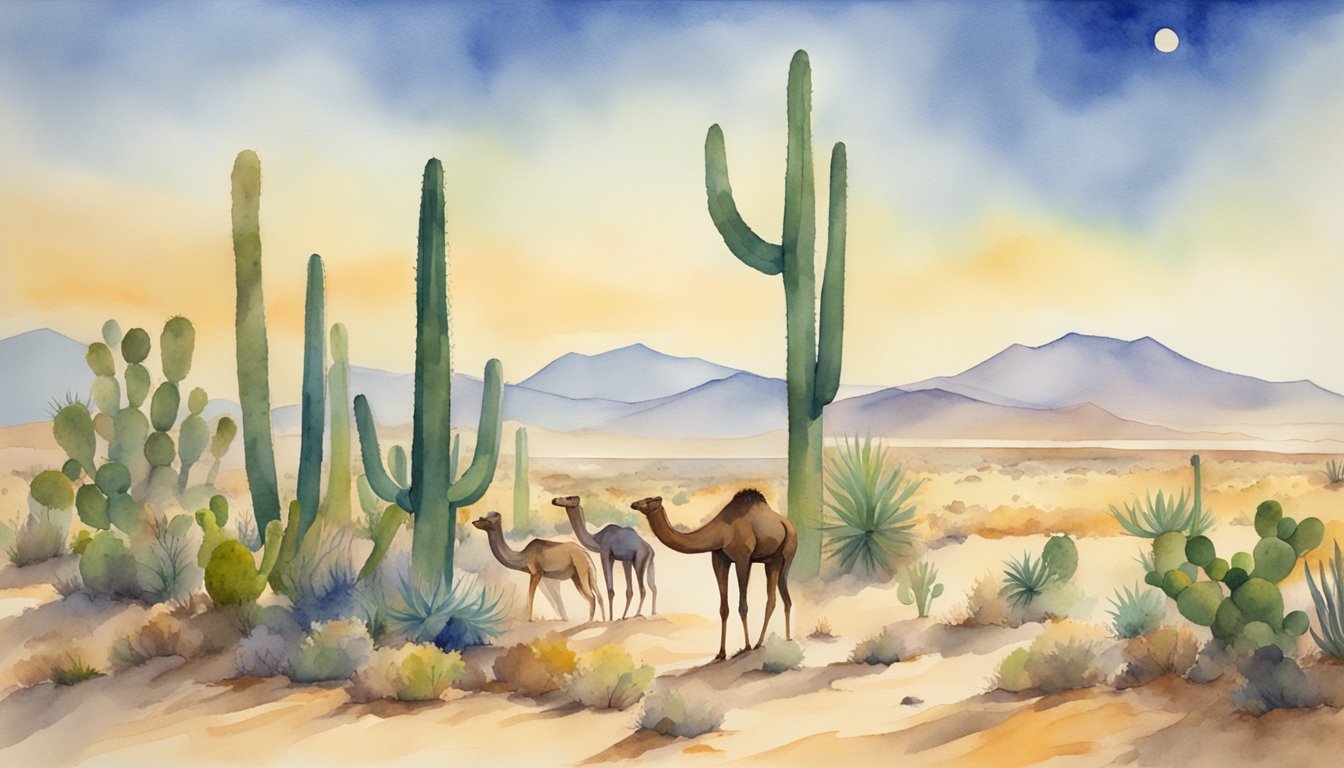Understanding Deserts and Their Climates
Defining Deserts: Ecosystems of Extremes
Deserts are unique ecosystems defined by their aridity, receiving very little precipitation. They cover approximately one-fifth of Earth’s surface and are characterized by their soil, which can range from sandy to gravelly or stony, depending on the type of desert. Though often thought of as hot and dry landscapes, they are more accurately defined by their lack of rain and the ability of their organisms to adapt to harsh conditions. The diversity within these ecosystems supports a wide array of plants and animals, with many species having developed adaptations to conserve water.
Climate Variations: Hot and Cold Deserts
Deserts display a surprising range of climates. While some, like the Sahara and the Atacama deserts, see extremely hot temperatures, there are also cold deserts such as the Gobi Desert and those in polar regions like the Arctic and Antarctic. The primary difference lies in their temperature profiles. Hot deserts, also known as subtropical deserts, experience high daytime temperatures while cold deserts have more frigid winters or remain cold year-round.
Major Deserts and Their Classification:
| Hot Deserts | Cold Deserts |
|---|---|
| Sahara (Africa) | Gobi (Asia) |
| Atacama (South America) | Arctic (Polar Regions) |
| Sonoran (North America) | Antarctic (Polar Regions) |
Desertification: Causes and Concerns
Desertification is the process by which fertile land becomes a desert, primarily due to factors such as climate change, deforestation, and other human activities. This is a growing concern as more than one billion people, or one-sixth of the Earth’s population, live in desert regions. Rising global temperatures and increasing demands on water resources are furthering this process. Some coastal and subtropical regions, for example, are particularly vulnerable to desertification, making it an urgent issue that will require additional research and conservation efforts to protect the ecosystems, wildlife, and human populations that depend on these unique landscapes.
Life in the Desert: Flora and Fauna Adaptations

Desert Flora: Surviving Water Scarcity
Deserts are harsh environments characterized by their low rainfall, which typically measures less than 10 inches (25 centimeters) per year. Despite these extreme conditions, desert plants have developed various adaptations to survive. For example, cacti and Joshua trees possess deep root systems and succulent leaves to store water source.
Some desert plants rely on creative methods to obtain water. For instance, certain species have developed root systems that can absorb water from fog, allowing the plants to hydrate even in the absence of rainfall source.
Desert Fauna: Nocturnal and Nomadic Life
Desert animals also exhibit adaptations to withstand the harsh desert environment. Many of them, such as the fennec fox, become nocturnal, meaning they are active during nighttime hours, avoiding the scorching daytime temperatures source.
Birds, mammals, reptiles, and insects alike have found ways to thrive in the desert. It’s not uncommon to come across creatures like the desert tortoise and a variety of snakes. Other desert animals may adopt a nomadic lifestyle, constantly moving in search of water sources and vegetation for grazing source.
Human and Animal Interactions: Challenges and Coexistence
Desert landscapes are home to a diverse array of flora and fauna, which in turn interact with human populations. People dwelling in desert environments often rely on the land and its resources for their livelihood, such as raising livestock or harvesting plants like the Joshua tree.
Unfortunately, this can sometimes lead to conflicts as wildlife and human populations compete for limited resources. It’s crucial for humans and animals to find a balance in their coexistence for the continued survival of both groups and the ecosystems they inhabit source.
In conclusion, life in the desert presents unique challenges for both plants and animals. Through various adaptations, such as water storage and nocturnal behavior, they have learned to survive these extreme conditions. As humans interact with desert wildlife, a mutual understanding and balance are crucial for the preservation of these unique environments.

